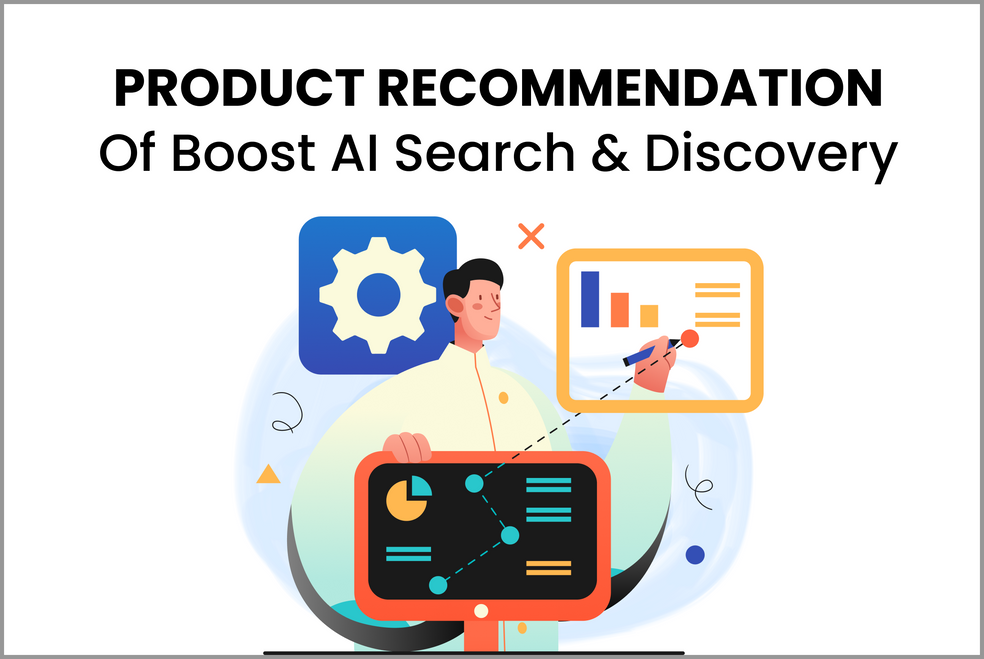Definition of Related Products
A related product is a product that is related to the product from which it is being sold. These could be another type of the same product, or they can be sold as an accessory.
For example, when a person purchases a digital camera, it would be plausible for that same person to also purchase a memory card for the camera and maybe an extended warranty just in case something goes wrong with it.
How do Related Products work?
A product can be related to if it is being sold as an accessory for that product, or if it is another type of the same product. If a customer purchases a product and then wants to add another product that “goes with” the first, it would be considered related. The customer has already bought the other products, so they should see them as suggestions in their basket on subsequent visits.
The same is true for accessories, if a customer buys an iPod, one of the suggested accessories would be an iPod car charger. Therefore, the product and its variations are being suggested and sold, but are related to each other.
Comparing Related Products with Upsell and Cross-sell
There are two types of related products: Upsells and Cross-sells.
Cross-selling refers to the selling of products that are related to the first product sold. It is done by pushing customers to purchase additional items. For example, when a customer buys a shirt online, he is presented with the option of buying a pair of pants or another shirt that goes with the shirt he bought.
Up-selling, on the other hand, is the selling of more expensive versions of a given product or other add-ons to the original product that the customer has bought. For example, when a customer purchases a laptop, he is presented with the option to buy an additional external hard drive or another mouse.
Best practices for Related Products
1. Know your competition and create product/service bundles.
In many cases, you may have direct competition in the market for the same products or services. The key is to understand what differentiates you from your competitors, and then build a product portfolio that matches your rivals and creates a new customer base that doesn’t compete with them directly.
2. Develop multiple price points.
You may find that it is important to offer products or services at three or four different price points, depending on the level of the market.
For example, if certain products or services are only sold to a segment of the market, you can offer a basic product at a low price for consumers who are highly sensitive about spending money on expensive luxury items and then move up to different versions with improved specifications for those who can afford more expensive models.
3. Invest in customer knowledge and satisfaction.
Many businesses find that the key to successful up-selling and cross-selling is keeping a close eye on the needs of customers. If you know what they want before they do, then you can offer it to them. This not only builds loyalty to your brand but also increases the chances of repeat business from customers who feel confident about buying ready-made bundles of products and services without having to go shopping for each individual item separately.
4. Understand your customers’ behavioral patterns.
As in the previous point, you need to understand what makes your customer tick. Is it price, quality or a combination of factors? Customers react differently to different offers. Some want the cheapest possible products, others want the highest quality with no regard for price. Understanding how customers view your products and services is essential when offering upsells and cross-sells.
















